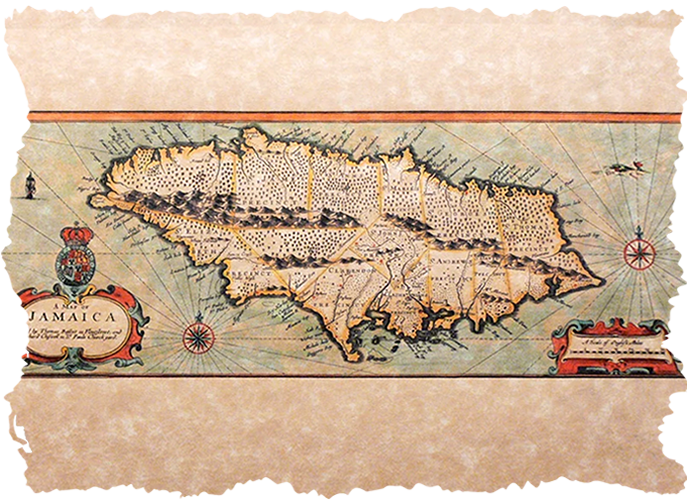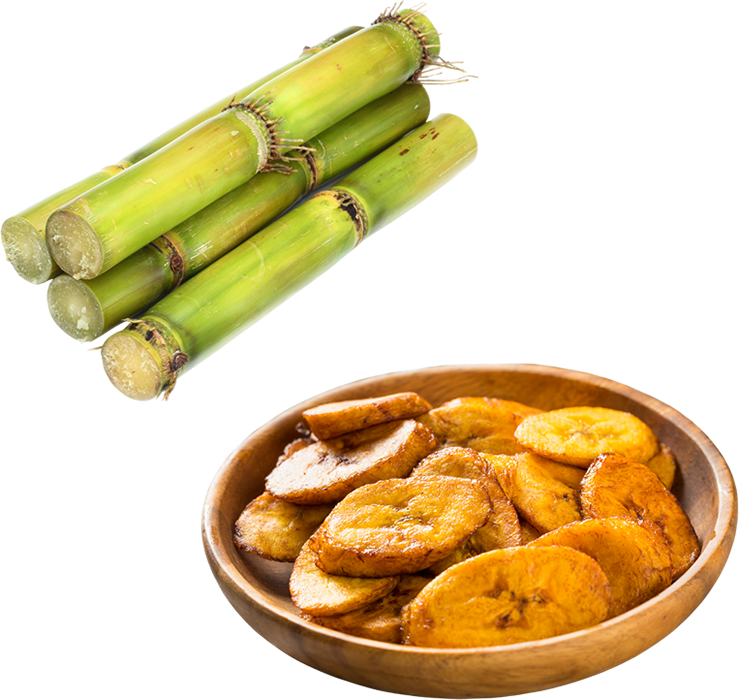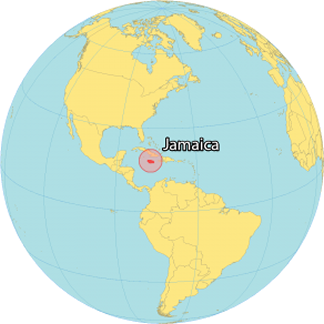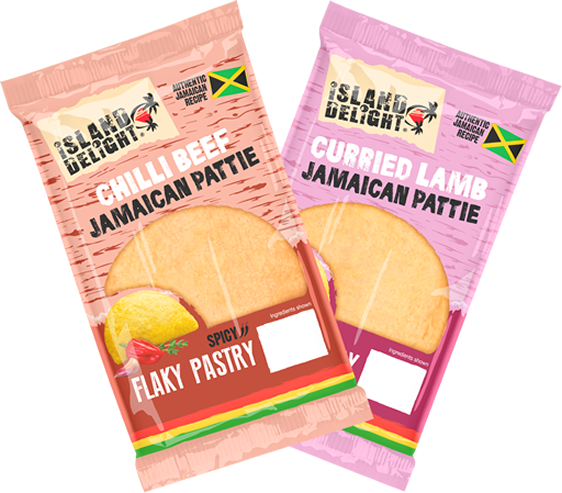Black History Month - Flavours of Our Heritage
Jamaicans emigrating to the UK after
1948 are often referred to as
‘The Windrush Generation’
Not only did they bring their skills and knowledge,
but they also brought their passion for flavourful food!

How Our Flavours traveled
Where did their flavours come from?
To start at the beginning, we need to go back to 15th century Jamaica or Xamayca as it was known then to where the Indigenous Taino people inhabited the Island. The Taino had a very organised successful agriculture regimen. They grew their staples like cassava, sweet potato and yam, but they also cleared scrub land, which was easily irrigated, so they could grow peppers, corn, beans and squash.
Christopher Columbus, on his second voyage, conquered and claimed Xamayca for Spain, renaming it Santiago. The Taino population suffered greatly, due to violence, disease and enslavement, becoming almost extinct.
Fast forward to 1655 And in come the English
they drove out the Spanish formally signing the Madrid treaty in 1670 ceding Jamaica to England.
The English brought more crops to the Island, staples like breadfruit, rice, mangoes and black pepper along as a distilling method to make rum.
When slavery was abolished, indentured Indians were recruited to work on the now abandoned sugar plantations. With them they brought curry powder, turmeric, callaloo, roti and chutneys.
As if all those flavours weren’t enough in the mid 19th century migrant workers from China added a few more into the mix. They brought pak choi, soy sauce, oyster sauce, ginger, 5 spice and a new style of cooking – stir fry.

Jamaica is renowned for its biodiversity its island isolation has allowed the growth of thousands of plant species – a quarter of which are found nowhere else on earth.
Today, Jamaica’s national dishes reflect the influences of its history, blending ingredients brought to the island with existing traditions to create a unique and distinctly Jamaican cuisine.














